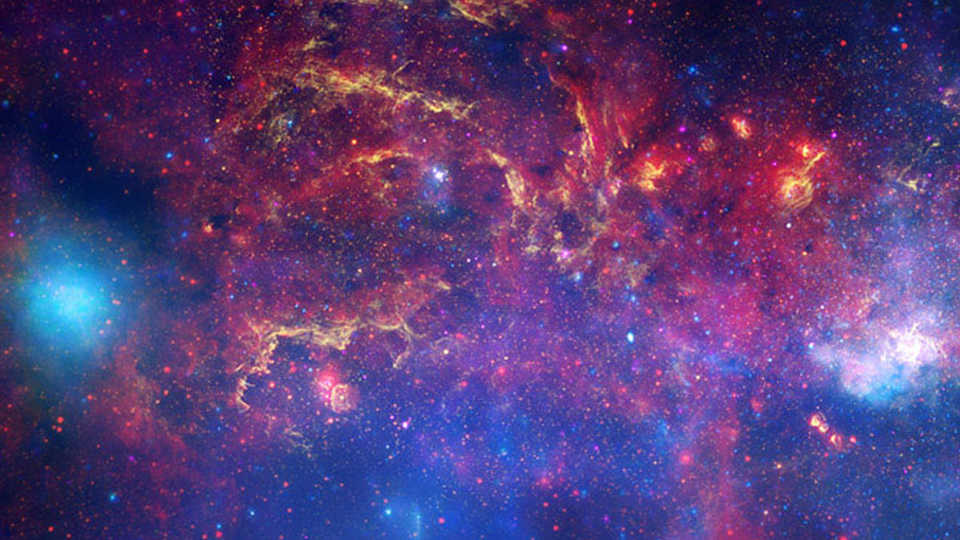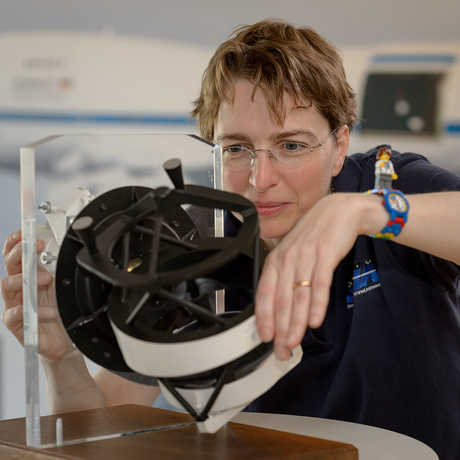Benjamin Dean Astronomy Lectures
Seeing Our Universe in New Ways – the Infrared Sky Re-imagined

The center of the Milky Way in infrared light
Kimberly Ennico Smith, NASA Ames Research Center
In recent decades, our ability to study the universe with telescopes detecting a range of wavelengths of light - enabled by placing them on mountain tops, on airplanes, on balloons, to rockets and satellites in orbit - has revealed a beautiful, mystifying, dynamic, and rather extraordinary place. Infrared light, in particular, penetrating deep into dark clouds, allows us to observe the birth of stars, measure the re-emission of the dust left behind by violent supernovae stellar deaths, and study the environments of gas and dust from which stars and planets form. Will these new observations bring us closer to learning how our universe works and where we come from?

About the Speaker
Kimberly Ennico Smith has worked on infrared airborne and space telescope cameras and spectrometers, tested detectors in laboratories and particle accelerators, designed low-cost suborbital instruments, built lunar payloads, served as deputy Project Scientist on the New Horizons Pluto fly-by mission, and since 2017 has been the Project Scientist for NASA’s largest airborne observatory, SOFIA. She has written blog entries for NASA, actively participates in social media science communication venues, and enjoys giving school and public presentations, always advocating the need for a more diverse STEM community.